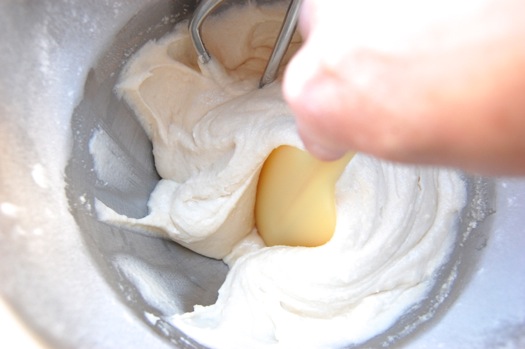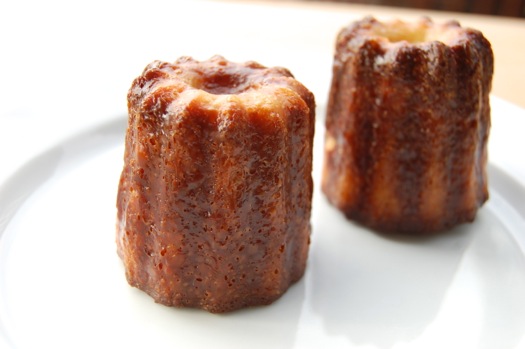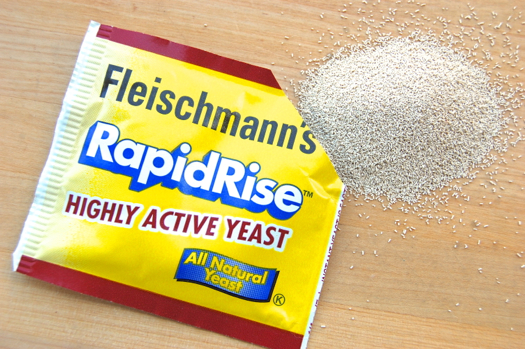Action and More Action
Reader Dan, who is working on financiers this week, has a very interesting question about baking powder:
If you’re using [baking powder], why rest the mix in the fridge? Surely the [baking powder] is activated, and loses its potency before you actually come to baking?
It’s very reasonable to assume that, Dan. Conventional wisdom holds that whenever you get baking powder wet you need to hurry it into the oven so you don’t lose any volume. That actually isn’t the case. It’s certainly true that you get a gas-producing “pop” when the baking powder gets wet. That’s the first “action” of double-acting baking powder. The second action happens when the baking powder gets hot.
READ ON


